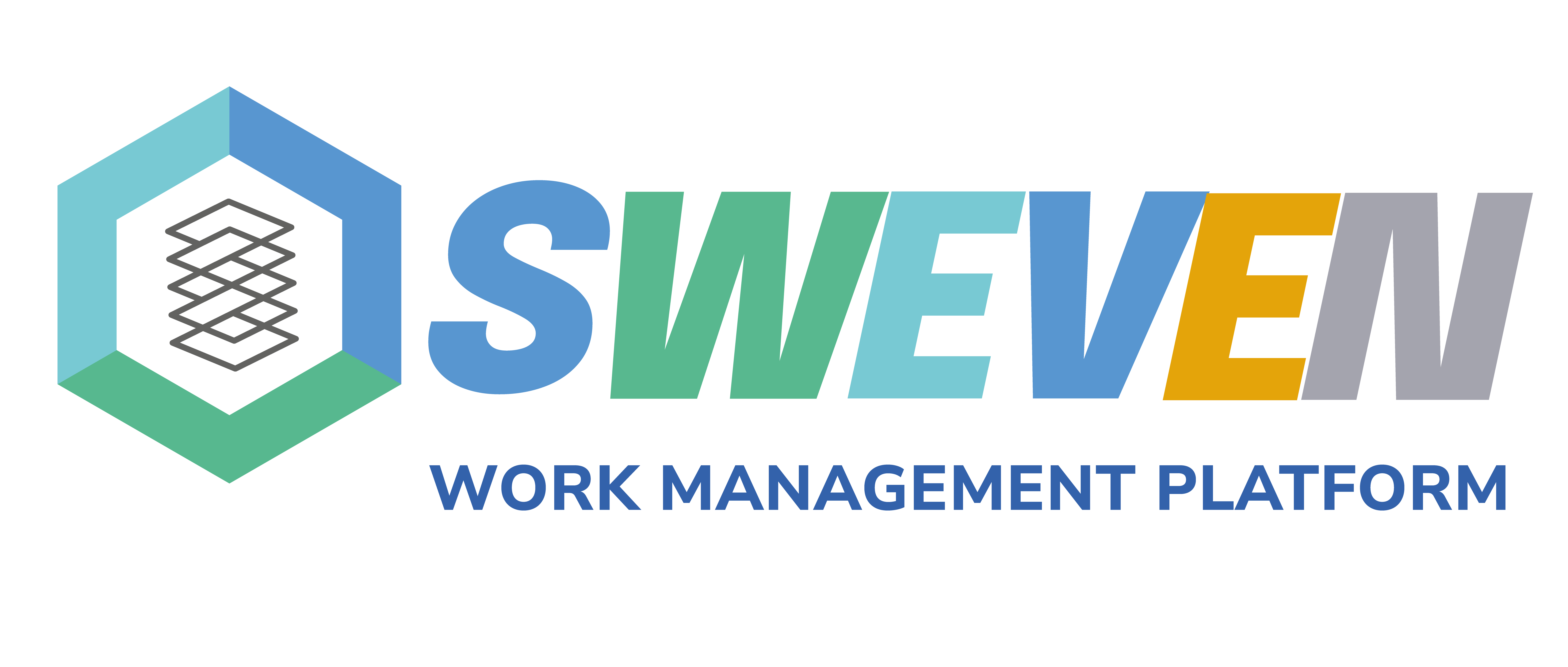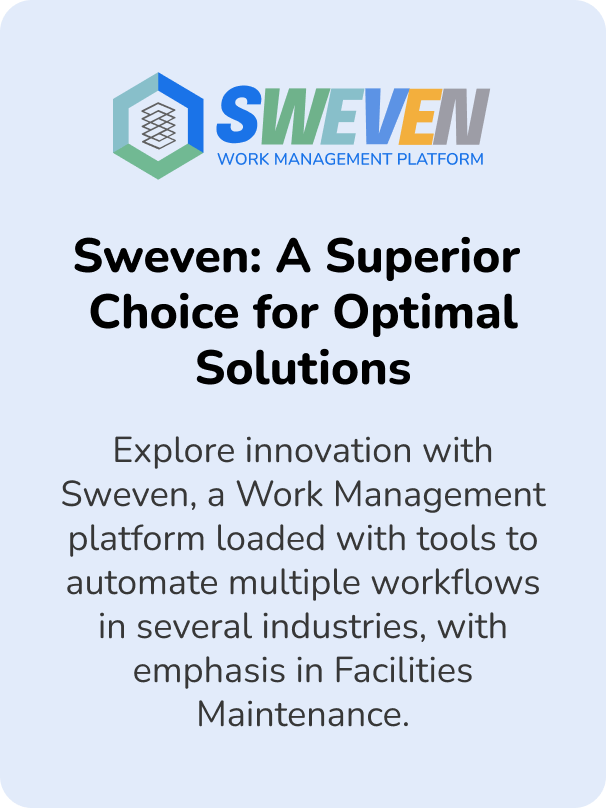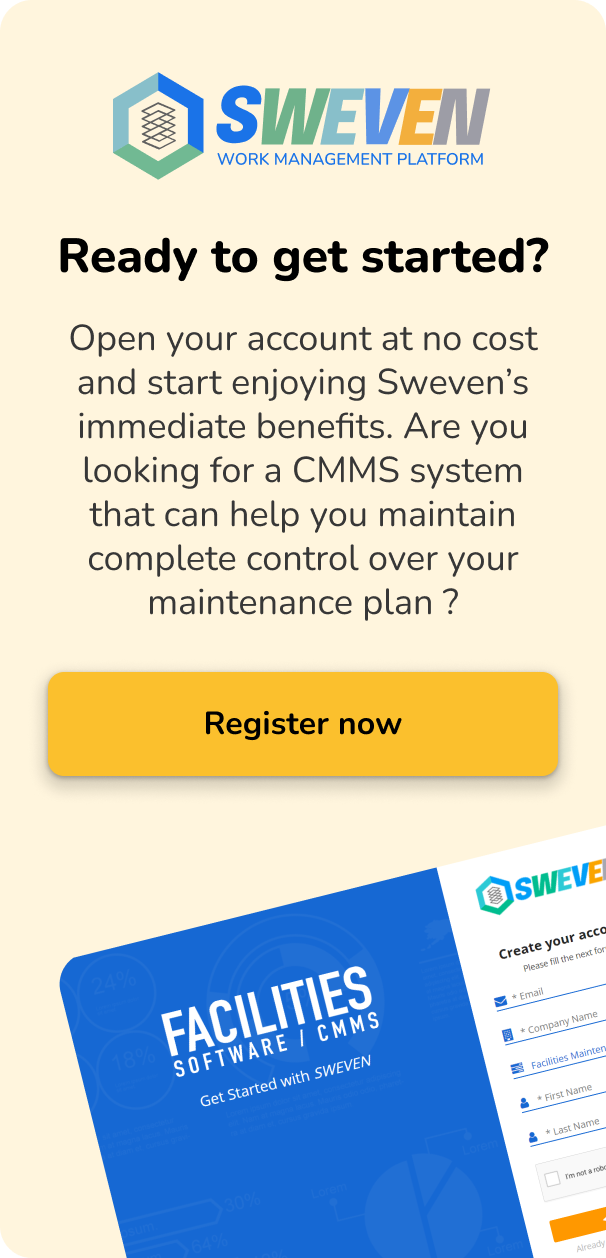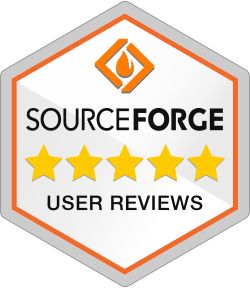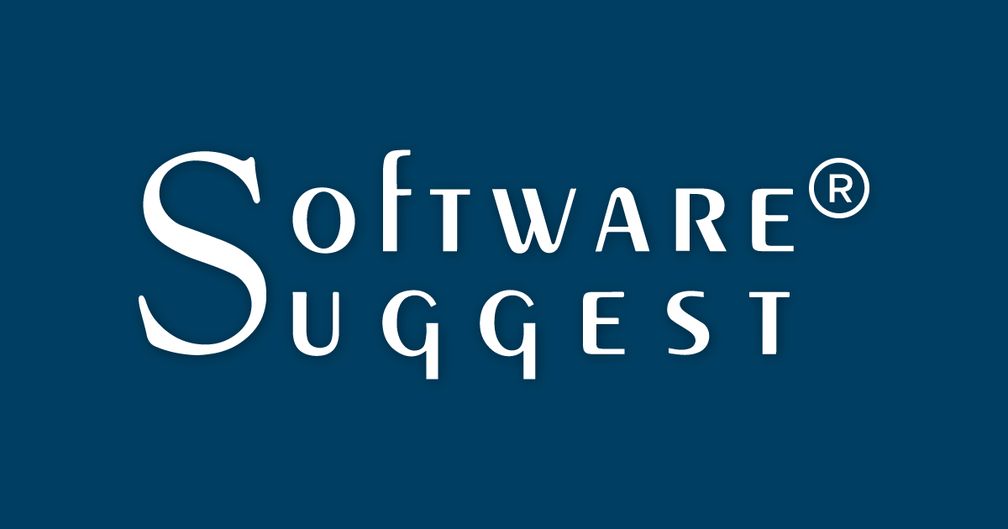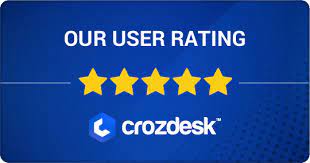Introduction:
As facilities maintenance increasingly relies on technology solutions for efficiency and effectiveness, the importance of data security and compliance cannot be overstated. With sensitive information such as building blueprints, maintenance schedules, and occupant data at stake, ensuring robust cybersecurity measures and adherence to regulatory requirements is paramount. In this blog post, we’ll delve into the critical aspects of data security and compliance in facilities maintenance technology, the risks involved, and strategies for mitigating these risks while safeguarding sensitive information.

Understanding the Importance of Data Security and Compliance:
Facilities maintenance technology encompasses a wide range of digital tools and platforms, including computerized maintenance management systems (CMMS), Internet of Things (IoT) devices, and cloud-based solutions. While these technologies offer significant benefits in terms of efficiency, automation, and data analytics, they also introduce potential security vulnerabilities and compliance challenges. Data security involves protecting sensitive information from unauthorized access, disclosure, alteration, or destruction, while compliance ensures adherence to relevant laws, regulations, and industry standards governing data privacy and security.
Risks Involved in Facilities Maintenance Technology:
Several risks are associated with data security and compliance in facilities maintenance technology:

Unauthorized Access: Hackers or malicious actors may exploit vulnerabilities in software or networks to gain unauthorized access to sensitive data, including building layouts, maintenance logs, and occupant information.
Data Breaches: Breaches in data security can result in the exposure of confidential information, leading to financial losses, reputational damage, and legal liabilities for the facility management team.
Non-Compliance Penalties: Failure to comply with data protection regulations such as the General Data Protection Regulation (GDPR) or the Health Insurance Portability and Accountability Act (HIPAA) can result in hefty fines, regulatory sanctions, and damage to the organization’s reputation.
Insider Threats: Employees or contractors with access to sensitive data may intentionally or unintentionally compromise data security through negligence, malicious intent, or lack of awareness.
Third-Party Risks: Outsourcing maintenance services to third-party vendors or using cloud-based platforms introduces additional security risks, as these vendors may have access to sensitive data and systems.
Strategies for Mitigating Risks and Protecting Sensitive Information:
To mitigate the risks associated with data security and compliance in facilities maintenance technology, facility managers can implement the following strategies:
Conduct Risk Assessments: Identify potential security risks and compliance gaps through comprehensive risk assessments of technology systems, data storage practices, and access controls.
Implement Robust Security Measures: Implement industry-standard security measures such as encryption, firewalls, multi-factor authentication, and intrusion detection systems to protect data from unauthorized access and cyber threats.
Ensure Data Encryption: Encrypt sensitive data both in transit and at rest to prevent unauthorized interception or access, especially when transmitting data over networks or storing data on devices.
Enforce Access Controls: Implement strict access controls and role-based permissions to limit access to sensitive data only to authorized personnel with a legitimate need-to-know.
Provide Training and Awareness: Educate employees about the importance of data security and compliance through training programs, awareness campaigns, and regular reminders about best practices and security protocols.
Monitor and Audit: Continuously monitor systems and networks for suspicious activities, conduct regular security audits and vulnerability assessments, and promptly investigate any security incidents or breaches.
Ensure Vendor Compliance: Vet third-party vendors and service providers for their security practices, data protection policies, and compliance with relevant regulations. Include contractual provisions for data security and compliance requirements in vendor agreements.

Conclusion:
Data security and compliance are critical considerations in facilities maintenance technology, given the sensitive nature of the information involved. By implementing robust security measures, enforcing access controls, providing employee training and awareness, monitoring systems for suspicious activities, and ensuring vendor compliance, facility managers can mitigate security risks and protect sensitive information from unauthorized access or disclosure. By prioritizing data security and compliance, facilities can not only safeguard their reputation and assets but also demonstrate their commitment to protecting the privacy and confidentiality of occupants and stakeholders.
